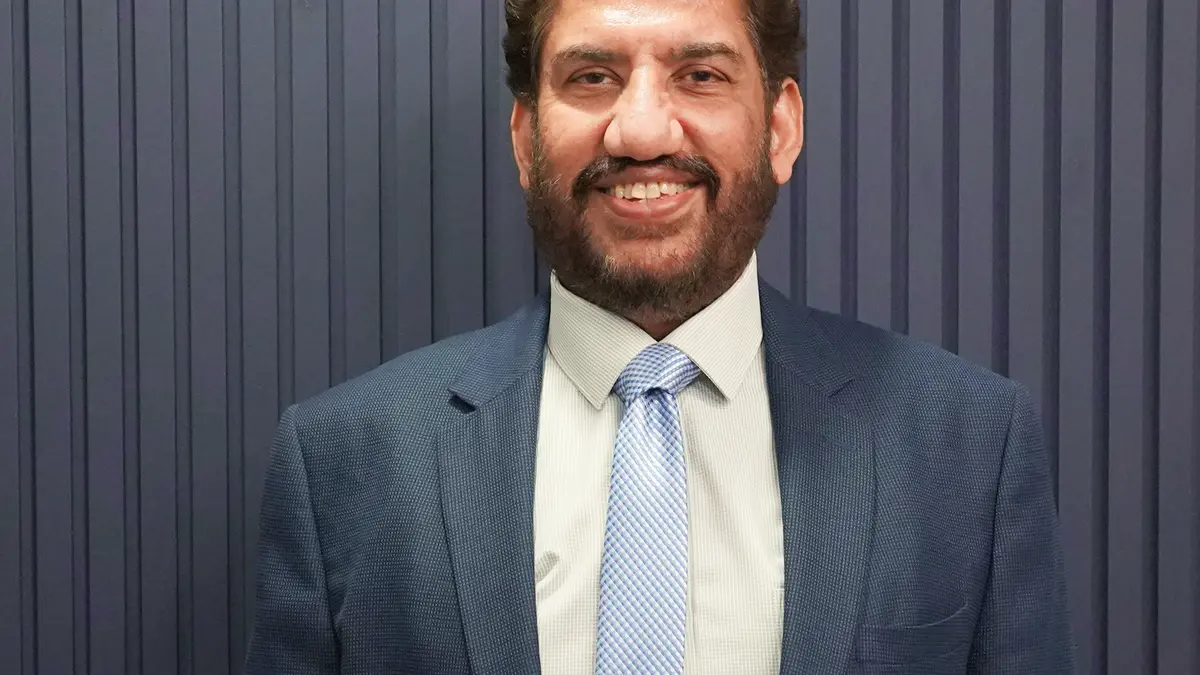By Ks Badri Narayananan
Given the geopolitical situation, how do you look at the current movement in domestic and global markets?
The global markets, the US, Japan, Emerging Markets and India have been positive and Europe has been flat in the last one month. The geopolitical risks seem to have subsided significantly and the markets are looking at a more stable situation, going forward.
The valuations in the US markets look quite reasonable with S&P 500 trading at a forward PE of 22. However, we would be careful about some of the well-known, popular names which might be quite overvalued. While the current valuations do support even an index-oriented approach, that opportunity could disappear quite quickly if the Fed reduced interest rates and markets react.
What’s your view on the Indian stock market, given the valuation?
The Indian markets are tricky again. If you look at the Nifty 50, it looks quite reasonable at a PE of 23 or so. Even Nifty Next 50 and Nifty 100, all large-cap indices, are at PE of 22 and 23 respectively and look quite reasonable. However, if we look at the mid-caps, the mid-cap indices are all above PE of 30 and some above 40. Same is the case with the small-cap indices.
Large-caps appear to be where the opportunities are; and there are only 100 large-caps! However, if one avoids the well-known, popular stocks, one can find good opportunities in mid-caps too, which is difficult given that there are only 150 of these. Finding opportunities in small-caps is possible, since the universe is so large with thousands of stocks.
Throw some light on Omniscience Smallcase.
OmniScience smallcases can be classified into Core, Thematic and Multi-asset. The Core comprises smallcases which provide exposure to large-caps, mid-caps and small-caps. These are selective, but diversified baskets of stocks chosen primarily from their respective universes. There are flexi-cap baskets too, which aim to gather the most attractive stocks in the full investment universe (primarily about 1,500 companies with market-cap typically greater than ₹1,000 crore), according to the scientific investing framework.
Then there are several thematic opportunities, such as Defence, Railways, Power, Banking etc. While Defence is popular, we believe that the current opportunity lies in Power, Banking, Infrastructure (EPC & Construction) and Logistics.
Why are you bullish on Indian Railways and the manufacturing sector?
Indian railways is one of the most advanced railway systems in the world. The budget allocation to the railways has been quite substantial over the years. With the budget going up from ₹16,000 crore in 2014 to above ₹2 lakh crore in recent years, it is nearly 12 times or more over the last decade. A large portion of this is for capital allocations and thus we can see significant asset building over the years.
An economy targeting $10 trillion or so in 2035 and exports of $3 trillion would need lots of railway modernisation to support the logistics required. Same is the case with the manufacturing sector. It is being supported by PLIs and other schemes, and it also benefits a lot from the restructuring of the global supply chain to include India. Lots of FDI and joint ventures can be expected in this area.
Given the current geopolitical situation, what would be FPIs’ strategy? Would they continue to prefer India?
In India, FPIs find one of the few economies with a long-term growth potential given the demographic dividend and also the inflection point of having crossed $2,000 per capita GDP. From here to $10,000 is typically an accelerated run. Also, it is one of the few large economies growing at 6 per cent+ real growth rates and chances of 8 per cent+ too for a long period of time. Further, India can absorb large amounts of capital with a $5-trillion market-cap.
Given the downward interest rate cycle it is likely that FPIs continue coming to India.
